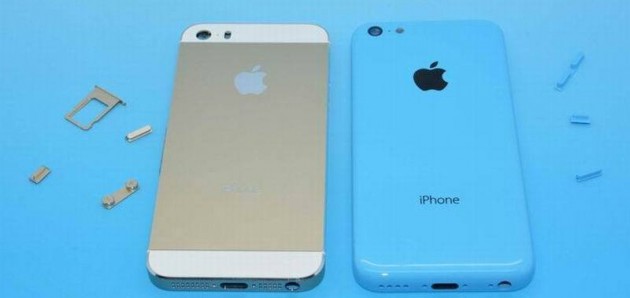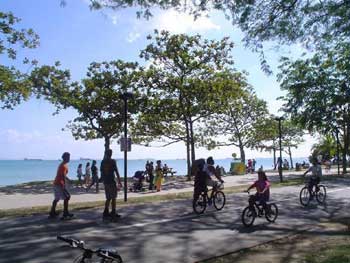
Many Singaporeans are having questions because of the extended downtime of some government websites on November. Infocomm Development Authority explained that the extension of the downtime...

Increasing Cyber Security
1
SingTel Declares iPhone 5S and...
2
MOH Warns to Limit Outdoor Act...
3Posted by Editor | 0 Comments
Managing High Blood Pressure

High blood pressure isn’t just common among the elderly and overweight. In Singapore, 24% of people aged between 30 and 69 years have hypertension according to a survey in 2004.
Risk Factors and Symptoms
There is no known cause for high blood pressure or hypertension. But there is a combination of factors that can increase the likelihood of developing the condition. The risk also increases with age or if the person has other medical conditions. Obese, smokers, heavy drinkers and people with sedentary lifestyles are more likely to have hypertension.
Blood pressure has two factors. It is the pressure created from the heart when it pumps blood and the force on the arteries in between the heart beats. Normal blood pressure, regardless of sex and ethnicity, should be below 120/80 mm Hg. The unit mm Hg, or millimeters of mercury, refers to the unit of barometric or air pressure. A reading with high blood pressure begins at 140/90 mm Hg.
Sometimes the person doesn’t know that he/she is hypertensive. For those who experience symptoms of hypertension, these include headache, nausea, fatigue, difficulty breathing, chest pain and palpitations.
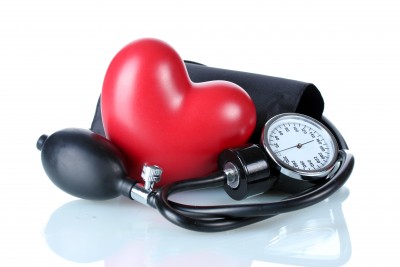
How to Do a Reading
When reading your body’s blood pressure, the measurement taken is the pressure of the blood on the walls of the arteries, the vessels that carry blood away from the heart to different parts of the body.
Reading blood pressure is easy and fast. It can be done manually or electronically. The reading results in two numbers usually written with one on top of the other. The number on top is called the systolic blood pressure, while the one at the bottom is called diastolic. Systolic is the pressure caused by the heartbeat. Diastolic is the pressure in between the heart beats.
Maintaining Your Blood Pressure
If you experience any of the symptoms, you need to consult a doctor right away. The doctor will perform several checks such as blood and urine tests to determine your fasting lipids, glucose level and electrolytes; electrocardiogram or ECG reading; and chest X-ray. Next, you will be prescribed medicine to keep your blood pressure manageable. It could be beta-blockers, diuretics, calcium channel blockers, angiotensin II receptor blockers or angiotensin converting enzyme inhibitors.
Your doctor will advise you to lose or maintain your weight. Your body mass index should not be more than 25 kg/m2. Your diet should consist of less fat, salt and sugar. He/she will give you instructions about your target levels for blood pressure, LDL cholesterol and fasting blood glucose. LDL cholesterol refers to the bad cholesterol, which if uncontrolled, can block blood vessels. You might have to limit your intake of alcohol and consider quitting smoking. Follow instructions on when and how much medication you should take. Never self-medicate or take other medications, including herbal supplements, without consulting a doctor. If not treated, hypertension can lead to heart diseases, stroke, and kidney failure.

Posted by Editor | 0 Comments
Basic Art Supplies for Beginners
You decided to try your hand at painting and drawing but you don’t know what art supplies to get. With so many choices in art supplies shops all over Singapore, you might get confused.
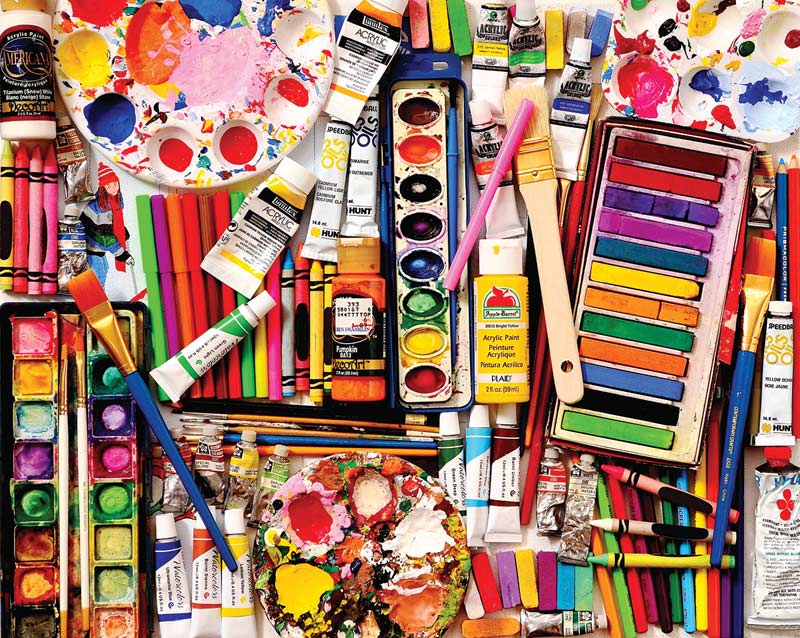
Here are some of the basic art supplies you need to have.
Drawing Paper. You can buy sketchpads for basic drawings. There is no need yet to buy other types of drawing paper. Keeping a stock of watercolor paper and charcoal paper will also come in handy in the future. Some art stores sell acid-free paper which will allow you to keep your drawings longer because they won’t fade or yellow.
Drawing Pencils. Art stores usually sell pencils by piece or as a pack. Pick the least expensive quality graphite pencils. Buy charcoal pencils because they’re easier to use than sticks and creates less mess. Color pencils will take you a step further if you have mastered sketching and want to try putting colors in your drawing.
Eraser and Sharpener. The most recommended eraser is the kneaded eraser. It’s ideal for sketching because it can be used between narrow spaces in your drawings. You don’t need to rub it on the paper too and it can be reused even when dirty. Sharpeners are either manual or electric. If you don’t want to use a sharpener, you might want to opt for mechanical pencils, but they’re usually slightly expensive and not ideal for shading.
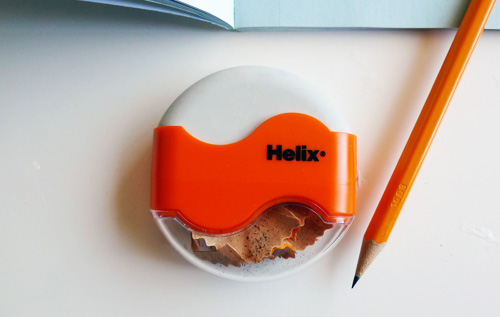
Pen and Ink. If you enjoy sketching, you might want to level up your training with pen and ink drawings. There are different types of cheap pens such as ball point, drafting, graphic, reed and fountain pens. Any of these can be used for drawing. The numbers indicate the thickness of the line. Pens also come in different ink colors and will work as well as color pencils.
Pastel. Before you try your hand at painting, it’s important to learn how to blend colors first. Pastels will help you learn the basics. The three types of pastels are oil, chalk and soft pastels. Chalk pastels work like ordinary chalk but is smoother. Soft pastels are chalk in pencil form so they are less messy and ideal for detailed drawings. Oil pastels look like crayons and are a great medium to study blending before you begin with watercolors.
Watercolor. Acrylic paintings can distort when not done properly while oil painting can be messy and expensive. Watercolor is perhaps the easiest to learn among the three common paints. You don’t need to get all the colors . Just make sure you have the following: red, orange, yellow, green, blue and brown.
Brushes and Palette. You will only need three basic shapes for watercolor brushes such as flat, round and filbert paint brushes. Pick the ones that fit snugly in your hand, not the smallest or the largest. Medium sized brushes are ideal for beginners. The palette is used to mix and dilute the colors. Some watercolors have a free palette included in a pack.
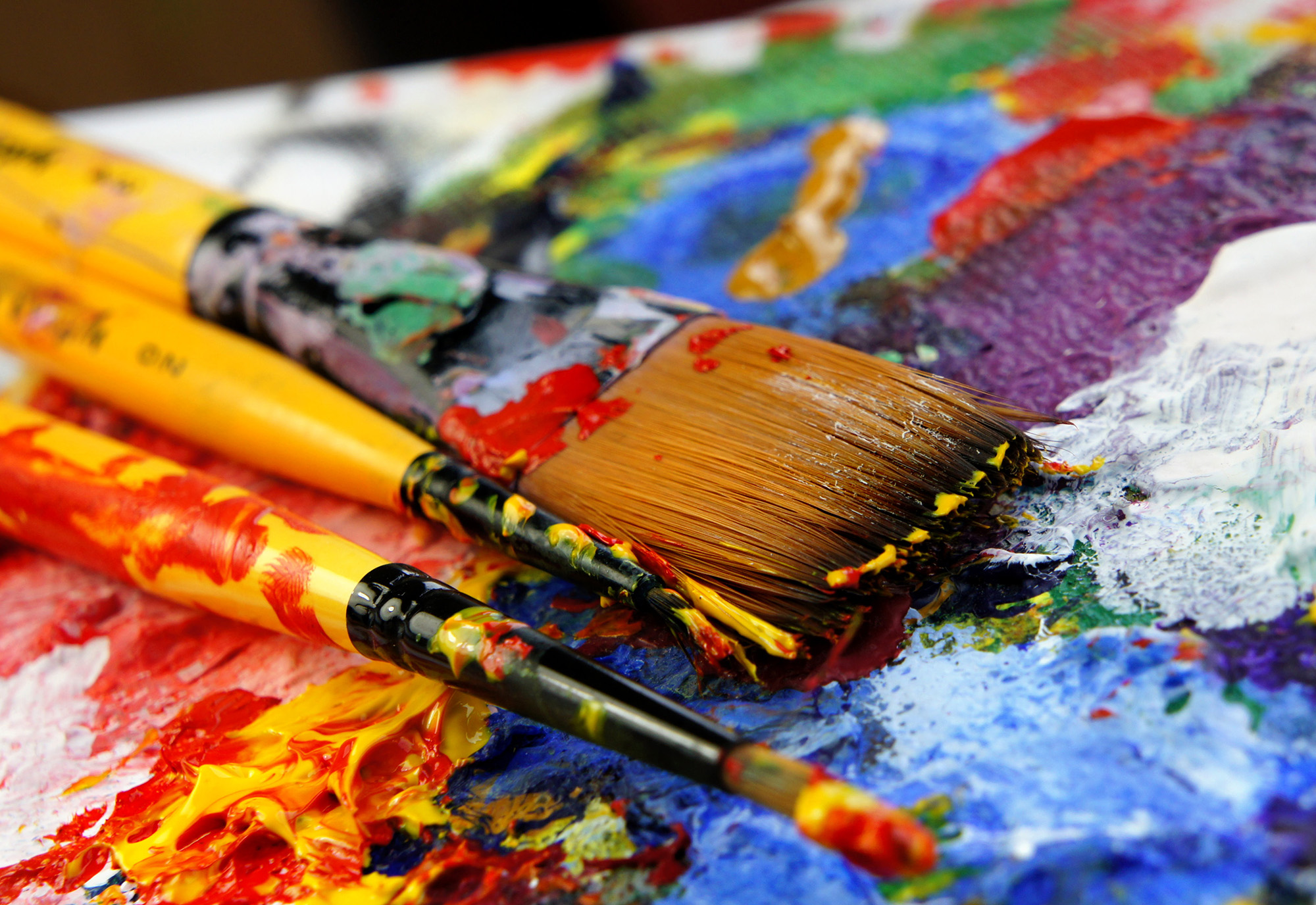
Posted by Editor | 0 Comments
Adopting a Rescue Dog
Caring for a dog is one of the most rewarding activities. It’s not an easy task however. You have to make sure they are happy, healthy and well-behaved. You should be ready to give energy, money, space and time for your dog. Not being aware of such responsibilities is probably the reason why there are still stray dogs in Singapore. If you’re thinking of getting a dog, perhaps you might want to consider adopting a rescue dog instead of buying a puppy from pet shops.

Here are some things you need to know when adopting a rescue dog.
Visit Dogs at the Rescue Centers
You can look up dogs available for adoption at Adoptadog.sg but it’s important to get to know the dog before you decide. Action For Singapore Dogs (ASD) has an adoption and rescue center. Volunteer groups such as Save Our Street Dogs (SOSD) and Causes for Animals Singapore (CAS) also exist. Finding the dog that will fit in your family will take a visit to one of these rescue centers. Dogs also have unique temperaments and idiosyncrasies like humans. Adoption procedures require a bonding session to determine if the dog and its new family have chemistry.
The Conditions for Adopting a Rescue
There is a screening process for every person who wishes to apply for adoption. You will need to fill out a form to provide the details of your experience with dogs, to assess your means to take care of the pet, and other personal information. Then you are given time to get to know the dog of your choice. Make sure that you have thought this through with your family after you have visited the dog. Rescue centers also provide help in training if your dog has not yet adjusted to its new home. Learn about the HBD Regulation as well. Apartment owners are allowed only one dog from certain breeds or sizes. According to Society for the Prevention of Cruelty to Animals, Singapore, there 62 HBD approved dog breeds.

Giving a Rescue Dog Another Chance
Stray dogs are culled due to rapid urbanization. Some are abandoned by irresponsible owners who found out that taking care of dogs is not like keeping stuffed toys while some have endured abuse and neglect. Most of these dogs are eager for a new loving home. Unfortunately, rescue centers and volunteers often tell stories that there are always more dogs to be rescued than can be re-homed. Sheltering dogs need a lot of resources. Adopting one can help save a life.
Rescue Dogs are Usually Healthier
Rescue and rehabilitation centers take good care of the rescue dogs. They are given food and medical attention, especially updated vaccinations. This is better than getting a puppy at the pet shop not knowing if it got all the required shots. Rescue dogs also undergo sterilisation. Male dogs are neutered while females are spayed. It lowers the risks of reproductive complications and unwanted behavior like aggression and territorial marking. Some dogs also undergo behavior training. Being around with rescue volunteers and survivor dogs like themselves also make them more socialized dogs who will know how to behave around humans and dogs.

Posted by Editor | 0 Comments
Actions to Take for Severe Bleeding
If you witnessed severe bleeding in your house or workplace, it is important that you know what to do. You have to act immediately because every second counts. Unfortunately, not all Singaporeans know what to do at the sight of gushing blood. You have to learn it because you do not know when it will come in handy.
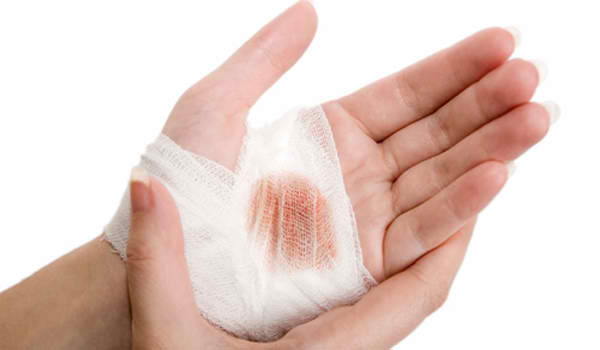
The good news is that here in Singapore there are basic trainings on first aid from certified organizations. There, you will learn how to dislodge a foreign object from the windpipe (when choking) to addressing severe bleeding. But in the case of severe bleeding, here are few refreshers:
- Remove obstruction: In severe bleeding cases, the first thing that you have to do is to remove any obvious obstructions (like debris, dirt or clothing). If there is an object lodged deeply on the victim’s body, do not attempt to remove it – you might cause more harm than good. Your primary goal here is to stop the bleeding not get embedded objects. If there are protective gloves around, wear it.
- Discontinue the bleeding: If you are not alone, have someone look for a sterile bandage. If it is not available, at least locate a clean cloth and then put it on the wound. Pressure is crucial when you bind the wound so do it tightly. After wrapping the wound with clean cloth, secure it using adhesive tape. If tape is not available, you will have to wait until the bleeding stops. Do not leave it – use your hands. The critical part is you should raise the wounded part just above the heart level.

- Let the person lie down: The wounded person should be in lying position. This is done to prevent the loss of the victim’s body heat. It is strongly recommended that you raise the legs of the victim.
- Do not remove the cloth or bandage: If it is severe, most likely the blood will seep through the cloth or bandage. When you notice this, do not attempt to remove the layer. You just have to add another cloth layer on top of it. Maintain the pressing or pressure. If you have tourniquets around and you are trained how to do it, it can help a lot.
- Restrain the injured part after the bleeding stopped: It is important that you restrain the injured part after you notice the bleeding has stopped. This is to ensure than the affected area will not suffer more strain. After that, you can bring the victim to the emergency room.
When you see severe bleeding, it is important to be calm and think immediately.

Posted by Editor | 0 Comments
4 Tips on How to Use Money More Wisely While Traveling
Whenever you travel outside Singapore, you wish nothing but a smooth one. You can have a smooth one if you prepared well. One of the things that stresses travellers is money. Not that they don’t have money but sometimes it can be complicated. You do not want to show up on perhaps the greatest adventure of your life unprepared to pay.
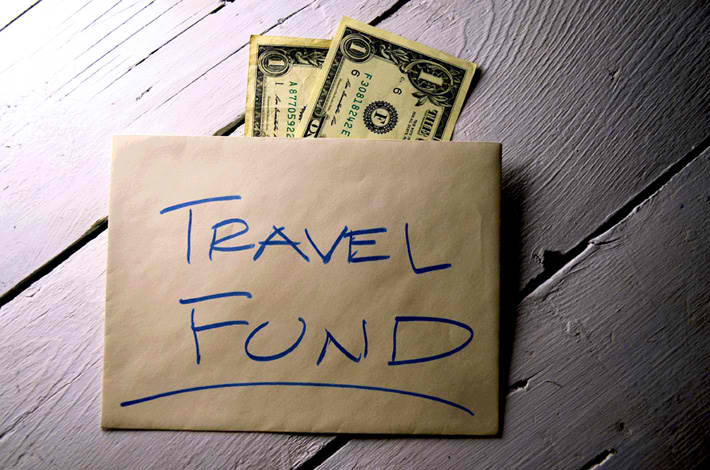
Before commencing your trip, it is recommended that you ensure you have the right mix of credit cards and cash. This is to ensure that you have a safe, smooth and uneventful travel. Here are a few things that you can do to handle your money while you are out exploring every corner of the world:
1.Bring enough. The rule of thumb is to always bring enough to cover all expenses like food and transportation for at least 24 hours after your touchdown. This should give you enough time to find the nearest ATM. If you have credit cards, pay your hotels using it.
You have to remember that not all Asian, African and European countries are tied to the global credit and ATM network. If this is the case, your cards will be useless. When you bring more cash, always think about its safety. The hotel will make it safe but if you want to feel the safest, conceal it somewhere unexpected.
2.Exchange first. To be sure, you have to consider currency exchanges. If you choose to do it in the airport, be reminded that they charge commission when swapping to another currency. If you do not want that, you can ask your bank to exchange it. But if that is not an option, you can bring money but make sure to declare any amount more than $10,000.
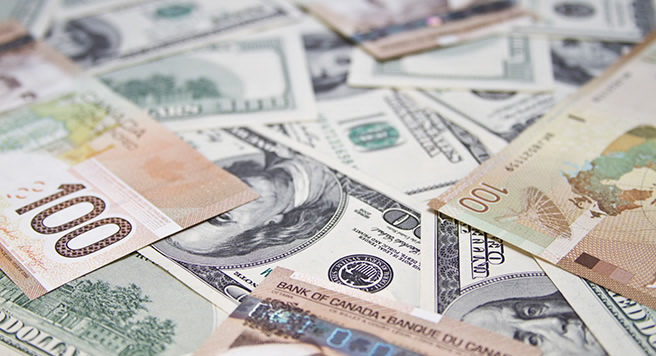
3.Maximize ATM card
If you are traveling in major cities, withdrawing local currency through your ATM is possible as long as you inform your bank. Through banking networks, you are now allowed to extract local currency directly from it. You have to be cautious though. Check for the affiliated bank and always go for that not just a stand-alone ATM.
4.Inform your bank
Just in case you run out of cash, your credit card can be of great help. With this, it is crucial that you inform your bank that you are traveling abroad. If you do not inform them, you will either pay more for the penalty or get frustrated for declined transactions.
If credit card and cash are no longer available, you need an infusion of cold cash. Ask your family or friends to send you money. The good news is that Moneygram and Western Union have offices even in far-flung areas so you will be safe.

Posted by Editor | 0 Comments
Aloe Vera Recipes for Your Skin and Hair
As popularly known, aloe vera is irreplaceable for skin and hair care. It has been considered an everlasting plant with a plethora of uses since the ancient times. The leaves of this wonder plant contain useful ferments, essential oils, vitamins, and more than 20 types of amino acids that’s vital for treating inflammations and killing bacteria.
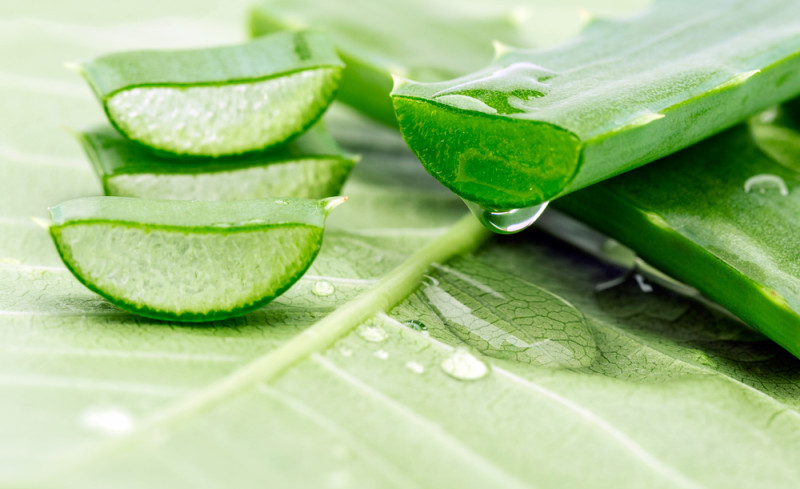
Very frequently, aloe vera gel is among the main ingredients of many cosmetic products here in Singapore. The reason why manufacturers include this mighty ingredient is that aloe safely and effectively gets rid of toxins and takes care of the skin, preventing breakouts and early signs of aging. Such products effectively clean and revitalize the skin making them smooth, soft, and youthful.
As for the hair, aloe is known to contribute to its healthier and faster growth. When looking for a hair care product, make sure to look for aloe vera as one of its ingredients. However, if you want to keep everything organic and ensure full potency of the aloe gel, you can make your own aloe skin and hair care masks at home.
Aloe Vera Face Masks
When preparing a face mask, the goal is to put together ingredients that will perfect—or at least enhance—the condition of our skin. So, here are some DIY aloe masks for different skin types and skin problems.
• For Oily Skin
In Singapore, most people have oily skin due to the hot and humid weather. A good skin care product for those with this skin type is something that’s revitalizing and oil controlling. An alternative to drinking aloe vera from Singapore is to DIY your masks with aloe. To create a mask that combats oiliness, whip together one egg white, two tablespoons of aloe gel, and a teaspoon of lemon juice. Apply the mixture to the entire face and wait until it completely dries out. When the first layer has dried out, apply another layer and one more afterwards. After about 20 minutes, rinse with water and put on your moisturizer. The lemon juice helps suck out excess oil in the face, while the aloe gel makes sure that the skin maintains its healthy level of moisture.
• For Normal Skin
For those who are blessed with normal skin, you only need to preserve the balance of moisture in your skin. For your face mask, mix together a teaspoon of aloe gel, sour cream, and egg yolk in a bowl. Apply it the same way as the previous mask.
• For Dry Skin
Dry skin needs some extra TLC to ensure that wrinkles are kept at bay. Mix a teaspoon of aloe vera gel in honey, oatmeal, and hot water. Only apply one layer of the mixture and let it sit on the face for 20 minutes before rinsing off.
• For Skin Revitalization
If you think your skin looks dull and tired, you could use a bit of skin refreshment to bring back the glow to your face. Apply a mixture of honey and aloe vera gel to your face and let it sit for 30 minutes. Rinse with warm water, towel dry, and then put on moisturizer. You can also try mashing an apricot or avocado and mixing it with a tablespoon of aloe juice and olive oil. Apply the same way as the honey-aloe mask, and don’t forget to moisturize afterwards.

• For Fighting Wrinkles
Fight wrinkles by amping up the potency of any oily face cream by mixing a tablespoon of it with aloe gel and wheat germ oil or almond oil. Steam your face for 10 minutes before applying the mixture with circular massaging motion for 15 minutes. Afterwards, remove the mask with a cotton swab and apply a layer of whipped egg with a pinch of salt to the face. Leave the egg mask for 10 more minutes before removing with a cotton swab dampened in the infusion of St. John’s wort and sage.
Aloe Vera Hair Masks
Just like for the skin, different hair masks can be created with aloe gel, depending on the type of hair problem you want to fix. Here are a few aloe vera hair care recipes to try.
• For Getting Rid of Dandruff
Mix two tablespoons of aloe gel and lemon juice with two tablespoons of castor oil and honey. Apply this mixture to your scalp and massage it in thoroughly. Wrap your hair with shower cap and leave the mask on for 30 to 40 minutes.
• For Weak, Damaged Hair
For an overnight hair strengthening mask, prepare aloe gel, honey, jojoba oil, and warm water in equal portions. Mix them all together and apply to the hair from roots to tips. Wrap your hair in a shower cap and let the mask work its wonders overnight.
• For Oily Hair
To combat excessive oiliness of your hair, create a hair mask that’s made with aloe gel, lemon juice, and honey or egg yolk. As mentioned, the acidity of lemon juice helps fight excess oil. And besides controlling oil, the mask helps regain your hair’s elasticity, strengthening every strand and keeping it healthy. Work the mask into your scalp and leave it on for 20 to 30 minutes. Do this twice a week to keep oiliness at bay.
• For Stimulating Hair Growth
Mix your aloe gel with castor oil, kefir, egg yolk, and five drops of Vitamins B1 and B6. Apply this rich mixture to your roots and wait for about 20 minutes before washing your hair. Do this two to three times a week and you’ll start noticing your hair grows much faster than it usually does.
These homemade aloe vera Singapore skin and hair care recipes are all natural, so don’t be afraid to try out any of them. They can all help restore, revitalize, and enhance the condition of your hair and skin without the harsh chemicals and in the most natural way possible.
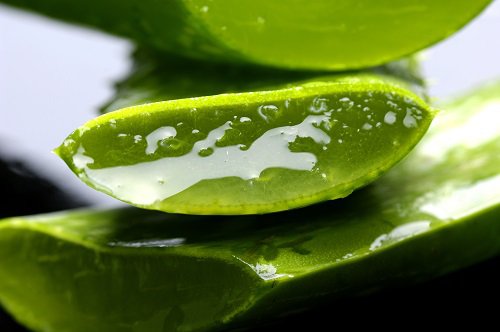
Posted by Editor | 0 Comments
How to Deal with Post-Meal Belly Bloat
Remember that feeling of finishing a sumptuous meal? You feel happy and satisfied never mind what will happen after. You won’t feel anything except joy for few hours but when you face the mirror, you will come to regret eating that sumptuous meal. You are suffering from post-food belly bloat. Many Singaporeans hates this. It is true that being bloated sucks.

Bloating can affect you in many ways. For example, it can ruin a special occasion because you are wearing something that you do not like but for the sake of hiding the bloat, you wear something else. It will annoy you and make you uncomfortable because you know you do not look your best.
How you wish to puff it the instant you recognize it but that is not that easy. The good news is that there are certain hacks that you can do to minimize that annoying and unpleasant post-food belly bloat. Here are some:
- Do not overeat. The basic thing that you have to keep in mind is that you will not bloat if you do not overeat. If you are conscious about your belly bloat then eat in moderation. Remember that eating more will make you look more bloated. If you already feel full, do not force yourself to finish the plate. If you want to finish everything on your plate, best trick is to eat and chew slow. When you eat fast, there is a tendency that you swallow more air that will result to more gas retention.
- Decrease your portion. Another thing to consider is decreasing your portion. When things are very delicious, you tend to put everything on your plate. That is not the right thing to do. The temptation is always there. You have to be steady and keep calm. You will eat up everything at once but where is the fun? Aside from consuming more gas, you are depriving yourself of having a good time. A good food takes time – about 30 minutes.

- Skip the salt. Salt gives additional flavour. No wonder it makes everything extra delicious but you have to skip it. Aside from the plethora of health issues it carry, it can also encourage water retention. Water retention will surely make you feel bloated.
- Enlist friendly bacteria. You need loads of friendly bacteria. If you can buy probiotic yoghurt, buy it and consume it every morning. Good bacteria is helpful because it can facilitate movement of food in your stomach which can curb bloating. If you do not like yoghurt, you can ask your doctor for other alternatives.



